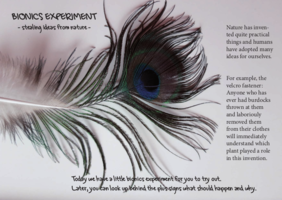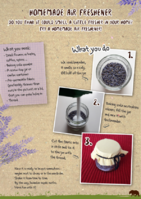
#Smartlikeabear - week 7
Week 7 of our bearology challenge
This is going to be the penultimate week of our online environmental education. We have again some nice things prepared for you.
What's happening this week?
Find the timetable and an overview over all activities below.

Overview week 7
- 07.06. - Monday
Come to the BEAR SANCTUARY! Here you can discover it from the air:
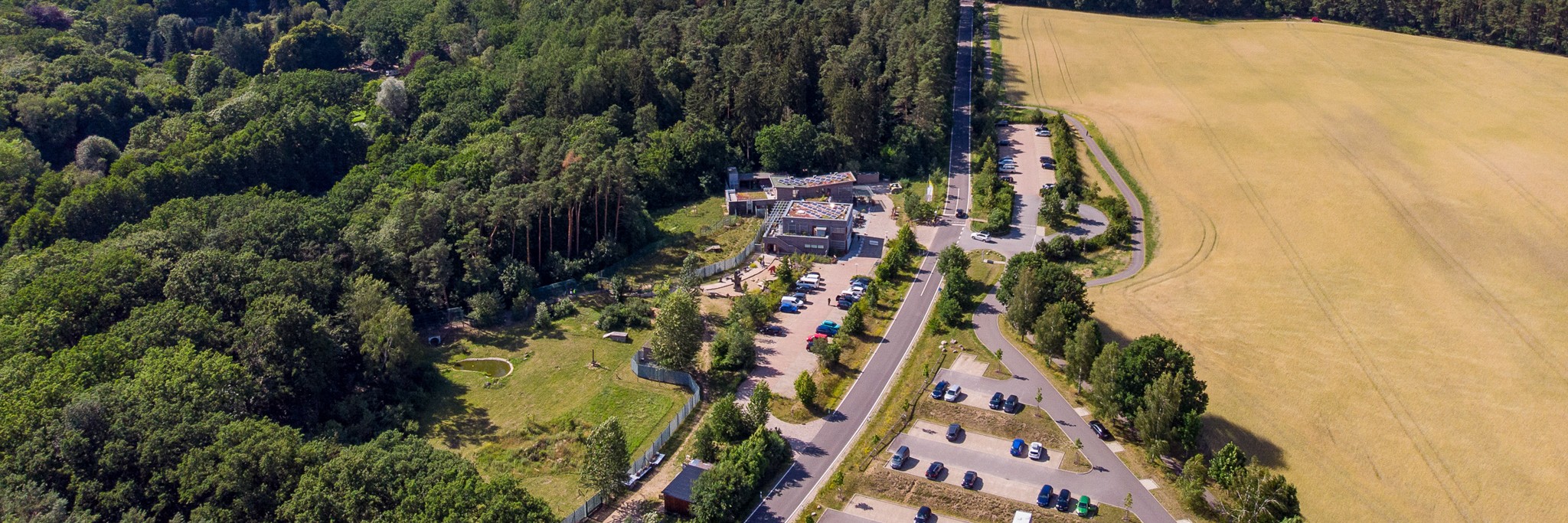

- 08.06. - Tuesday:
What happened here? Here you will again find three photos where it is not immediately obvious what exactly is to be seen on them.
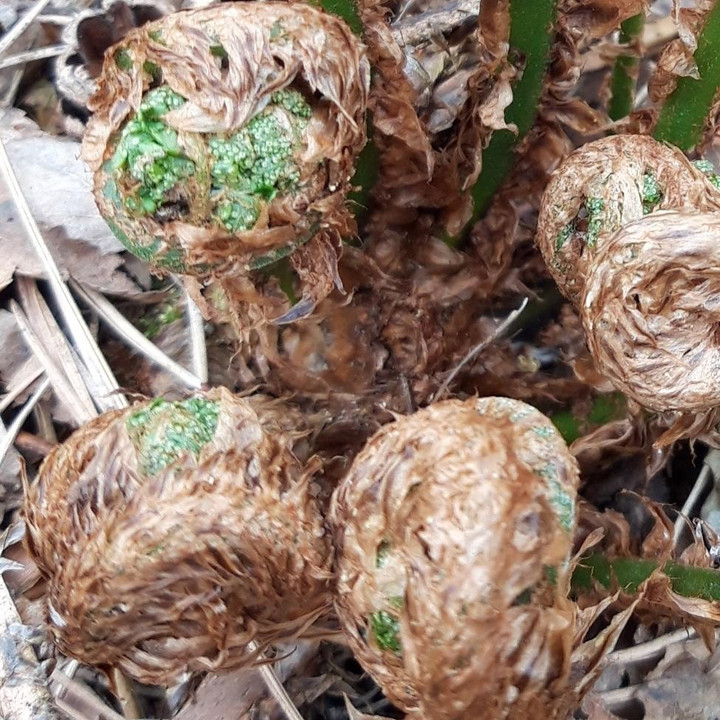
Fern
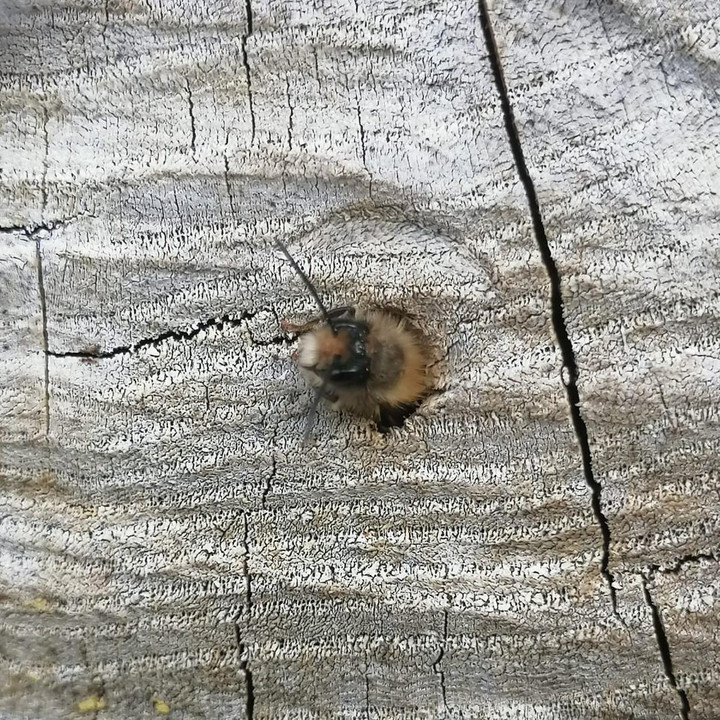
Insect hotel
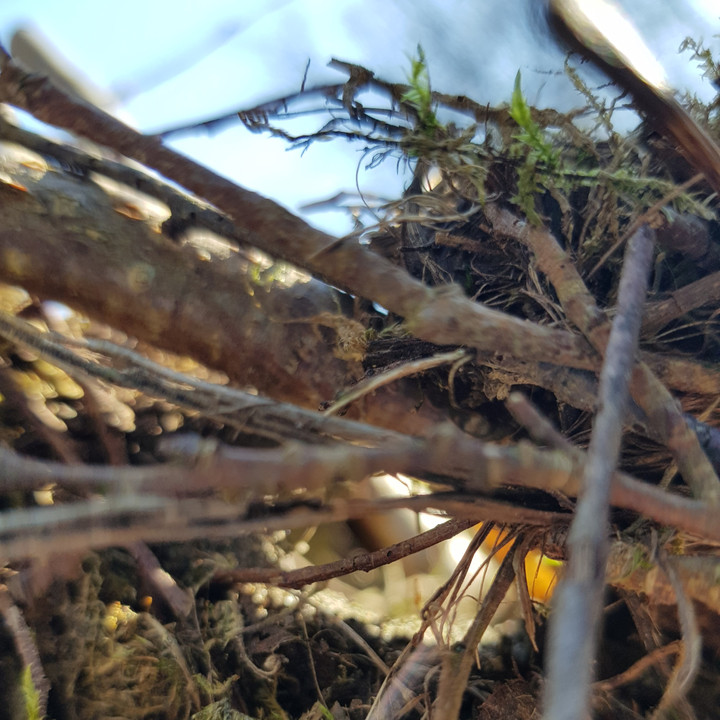
Old nest
- 09.06. - Wednesday:
Nature has invented some pretty practical things and we humans have adopted many of the ideas for ourselves. For example, the Velcro fastener: Anyone who has ever been pelted with burdock and laboriously removed it from clothing will immediately understand which plant played a role in this invention.
Today we have a little bionics experiment for you to try out. Behind the plus signs you can look up later what should happen and why.
This is what you need for the experiment
Feather (not a pigeon feather, rather take one from a water bird), a container or sink with water soap or dishwashing liquid and a hair dryer
The experiment – part 1
Take the feather and drip a little bit of water on it with your finger, move it a little and observe what happens.
This should have happened (click on the plus after the experiment)
The drops should have beaded off as soon as you moved the feather.
The experiment – part 2
Now add some dishwashing liquid to the water and stir the water, wet the feather with it and then dry the feather carefully with a hair dryer.
Then drip water onto the feather again.
So, what have you noticed? (click on the plus here after the experiment)
The feather becomes disheveled and permeable to water.
Why do you think this happened?
As you may already know from "BEAROLOGY", the feathers of most bird species are protected by fat, which makes them water repellent. This grease comes from a certain gland on the rump and the birds then spread it on their feathers with their beaks. This is especially important for waterfowl like ducks and swans.
The soap-bathed feather is no longer water repellent because the detergent has dissolved the protective grease film.

Do you know plants and animals that have inspired people's inventions? Feel free to send us an email at umweltbildung@baerenwald-mueritz.de or use our contact form.
- 10.06. - Thursday:
It is "Ask the Team" time again. Today, animal caretaker Bianca explains why bears puff sometimes (make a certain kind of sound). Check out the reel on our Instagram channel.
If you too have an exciting question about our brown bears, please email us at umweltbildung@baerenwald-mueritz.de or use our contact form.
- 11.06. - Friday:
Would you like to have a new fresh fancy scent at home? Then let's try a homemade room freshener. As all our DIY instructions, you will already find most of required things in your household, so the room freshener can be made quite easily.
